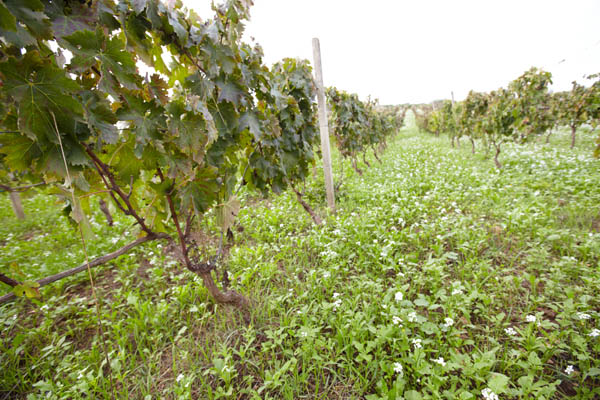Is there a risk of lack of wine?
We know a lot of you love figures so here are a few to savour.
International Organisation of Vine and Wine, based in Paris, presented end of October interesting statistics concerning wine production and wine consumption in the world (www.oiv.int).
The world vineyards shrinking 2011: 7.5 million hectares

The world’s total vineyard area in 2011 was 7.5 million hectares. The acreage has been reduced a little each year since 2000 when it reached 7.8 million hectares.
Between the years of 2000 and 2011, the three major wine countries in Europe reduced their vineyards by 16% (Spain), 15% (Italy) and 11% (France).[divider_flat]
Vineyard surface 2011 in hectares (figure for year 2000 in brackets)
- Italy 776,000 ha (908,000)
- France 807,000 ha (907,000)
- Spain 1,032,000 ha (1,229,000)
Over three years, between 2009 and 2011, EU’s vineyards were reduced with a total of 270,000 hectares. This was a significant decrease which in part was due to the subsidies that EU handed out during these three years to wine producers who completely abandoned their vineyards. 175,000 hectares of the 270,000 that were ripped up during those three years were included in this subsidy program.
It is believed that there has been a further reduction of the surface during 2012 even without subsidies. How much remains to be seen.
In the same three years, the world’s vineyards decreased by about 142,000 hectares. The reduction in Europe is compensated by increases in South America and in Asia. Australia’s surface however has declined sharply (-12 000 ha) and South Africa have lost 1000 hectares.

The world wine production down in 2012 to 248 Mhl from 264 Mhl
The total production of wine in the world in 2012 is estimated to around 248 million hectolitres, a historically low figure.
The biggest wine countries in 2012 (in million hectolitres, figures still approx, in brackets figures for 2011)
- Italy 40.8 Mhl (42.2)
- France 40.4 (49.7)
- Spain 31.5 (33.4)
- US 20.5 (19.2).
- Argentina 11.7 (15.5)
- Australia 11.5 (11.1)
- Chile 10.8 (10.5 )
- South Africa 10 (9.7 )
- Germany 8.9 (9.1 )
- Portugal 5.8 (5.6)
- Romania 4.0 (4.0)
- Greece 3.1 (3,1)
- Austria 2.1 (2.8).
- New Zeeland 1.9 (2.3)
- Hungary 1.8 (2.7)
- Switzerland 1.0 (1.1 )
- Bulgaria 1.0 (1.2 )
EU total 140.8 Mhl (154.9)
World total 248.2 Mhl (264.2)
As expected, the production has decreased compared to 2011 in most countries in Europe due to difficult weather conditions. Outside Europe, the US and Chile had good years and both South Africa and Australia increased their production despite the reduction in surface. Argentina’s production, however, was reduced by almost 24% due to frost and hail. New Zealand’s fell slightly but the country had, on the other side, a record year 2011.

Wine consumption down but stabilising in 2012?
In 2007 the world’s consumption of wine was a record high 251 million hectolitres. After that it went down a bit and in 2010 reached 242 million. 2011 saw a small increase (244 million) and the forecast for 2012 is between 235.7 and 249.4 million hectolitres of wine.
This figure is incidentally almost identical with this year’s production figure.
Will balance between production and consumption lead to wine penury?
But this figure will be even more reduced because a part of the wine production, about 30 million hectolitres, will be used for so called industrial purposes (for vinegar, vermouth and brandy distillation). Time will tell if we will have a shortage of wine and if it will affect the prices.
Maybe you don’t have to rush out to buy wines for that reason, although it is always a good idea to have a cellar filled with nice wines.












One Response